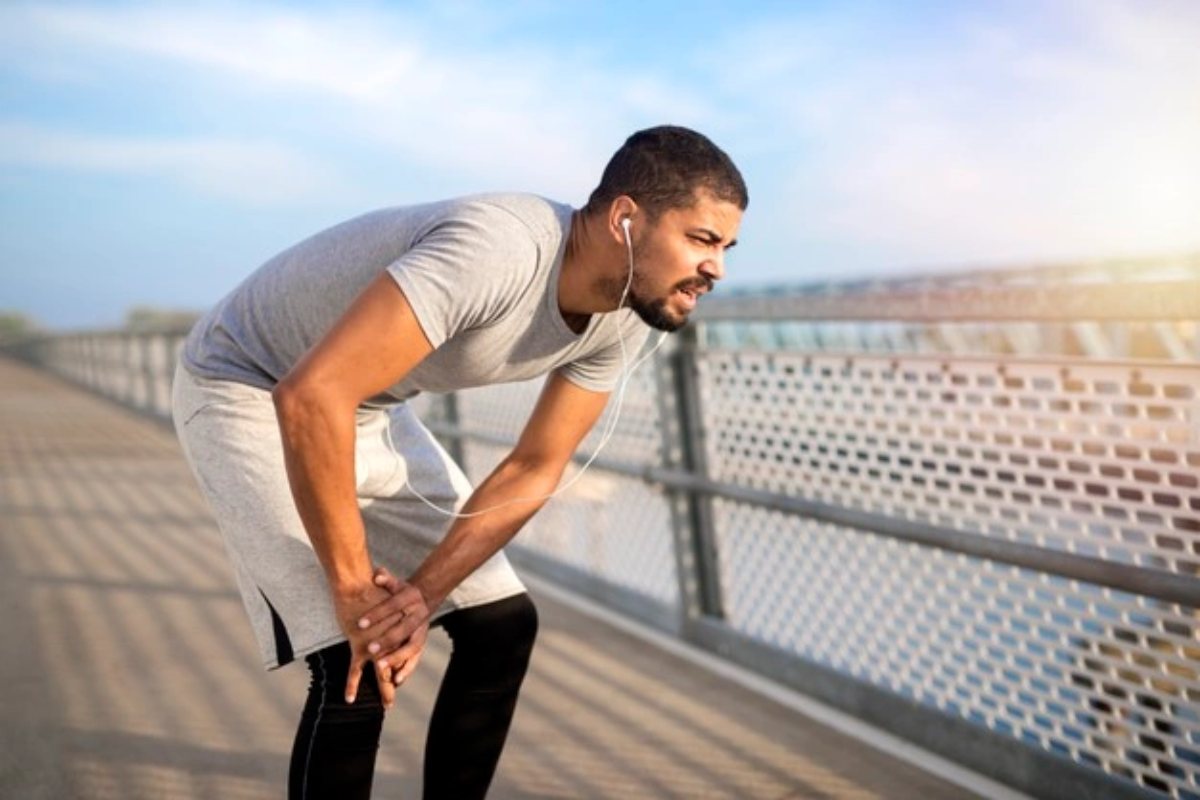Rheumatoid arthritis (RA) is a type of arthritis characterized by inflammation. Swollen joints are a symptom of RA, and they can cause pain, instability, and misshapenness. A person may have pain while walking if the illnesses affect the feet. In such circumstances, wearing appropriate footwear may bring relief.
Rheumatoid arthritis is one of the various types of arthritis. This type of arthritis develops when a person’s immune system malfunctions and targets the synovium, the joint lining.
As a result, the synovium of the person becomes inflamed and swollen, making the affected joint uncomfortable and painful. Rheumatoid arthritis patients may discover that their joints have become red, inflamed, and stiff to move.
Walking can be painful if you have rheumatoid arthritis, especially if you’re wearing the wrong shoes. Rheumatoid arthritis in the feet can be relieved by wearing particular shoes, insoles, or orthopedic footwear.
Table of Contents
Effects of Rheumatoid Arthritis on the Feet
According to research, approximately 90% of persons with rheumatoid arthritis suffer foot or ankle problems.
When rheumatoid arthritis affects the feet, the symptoms may emerge first in the toes and around the balls of the feet. The symptoms of rheumatoid arthritis may then appear in the middle and back of the foot, as well as the ankles.
Rheumatoid Arthritis in the feet can cause a variety of symptoms, including:
- Pain
- Swelling
- Stiffness
Rheumatoid Arthritis symmetrically affects joints, so if symptoms emerge in one foot, they are likely to appear in the other. Walking might be difficult and painful if you have RA in both feet.
Rheumatoid arthritis can lead to a variety of foot problems, including:
- Bunions
- Flat feet
- Hammertoes
Some additional foot problems may also arise, making it difficult to walk correctly.
Why is the Choice of the Right Shoe Necessary?
When a person has RA, their footwear is crucial. When a person cannot walk without pain, their quality of life suffers.
If a person with Rheumatoid Arthritis wears the wrong shoes, their condition may deteriorate. Bunions or corns can also grow more apparent or painful due to wearing the wrong shoes.
According to experts, regular low-intensity exercise, such as walking, can increase muscle strength. Muscle strength increases can improve a person’s health and relieve joint pressure. These health benefits may be lost if a person cannot regularly walk due to foot pain.
Which Shoes Should I Choose?
There are a few things to consider while purchasing shoes to assist ease rheumatoid arthritis symptoms.
According to experts, shoes with firm soles and rocker bottoms help relieve pressure and soreness on foot. A shoe with a thick and rounded sole that assists in redistributing pressure in the foot is known as a rocker bottom shoe.
According to medical experts, a person with rheumatoid arthritis may benefit from wearing shoes with deep-toe boxes. It is in the toe box of a shoe that the toes rest. Foot problems such as hammertoes, bunions, and corns can be avoided by wearing shoes with a roomier toe box. According to specialists, rheumatoid arthritis symptoms can be alleviated by wearing shoes with gentle arch support and substantial heels.
2019 research asked healthcare providers to describe what female RA patients felt vital in their shoes. Among them were the following:
- Wide, deep toe shoes
- Breathable material
- Adjustable fastening
- Removable insole
- Comfortable material
Which Shoes to Avoid?
People with Rheumatoid arthritis should avoid particular footwear. Over time, wearing overly tight shoes can lead to the development of bunions and corns, both of which can be extremely painful. People with hammertoes may also find them irritating.
People with rheumatoid arthritis should avoid wearing high heels. When the ball of the foot is stressed, it can exacerbate the symptoms of rheumatoid arthritis. Closed-toe high heels can also cause pain, corns, and bunions because the toes are forced into the tip of the shoe.
With high heels, you may also have difficulty balancing yourself. Wearing high heels when suffering from rheumatoid arthritis increases the chance of tripping and falling.
Conclusion
There are many lifestyle changes associated with rheumatoid arthritis, of which shoes is one. If you face any symptoms of rheumatoid arthritis, try consulting the best orthopedic to get the best advice. To consult the best orthopedic, visit MARHAM.PK as soon as possible.
Frequently Asked Questions (FAQs)
1- What are the benefits of using insoles for people with rheumatoid arthritis?
Insoles can help people with rheumatoid arthritis improve foot function, decrease pain, and support the body.
2- Does wearing shoes help with arthritis?
People with arthritis, in particular, need to pay special attention to the importance of wearing comfortable shoes. A good pair of shoes is essential for people with arthritis since they aid in mobility by providing support.
3- Are barefoot shoes good for rheumatoid arthritis?
Patients who walked barefoot or in minimalist shoes reported less knee adduction and minor discomfort.
4- Can you wear heels with rheumatoid arthritis?
High heels are not recommended for those suffering from RA. High heels increase pressure on the ball of the foot, exacerbating RA symptoms. Furthermore, closed-toe high heels press a person’s toes into the tip of the shoe, causing pain, corns, or bunions.

